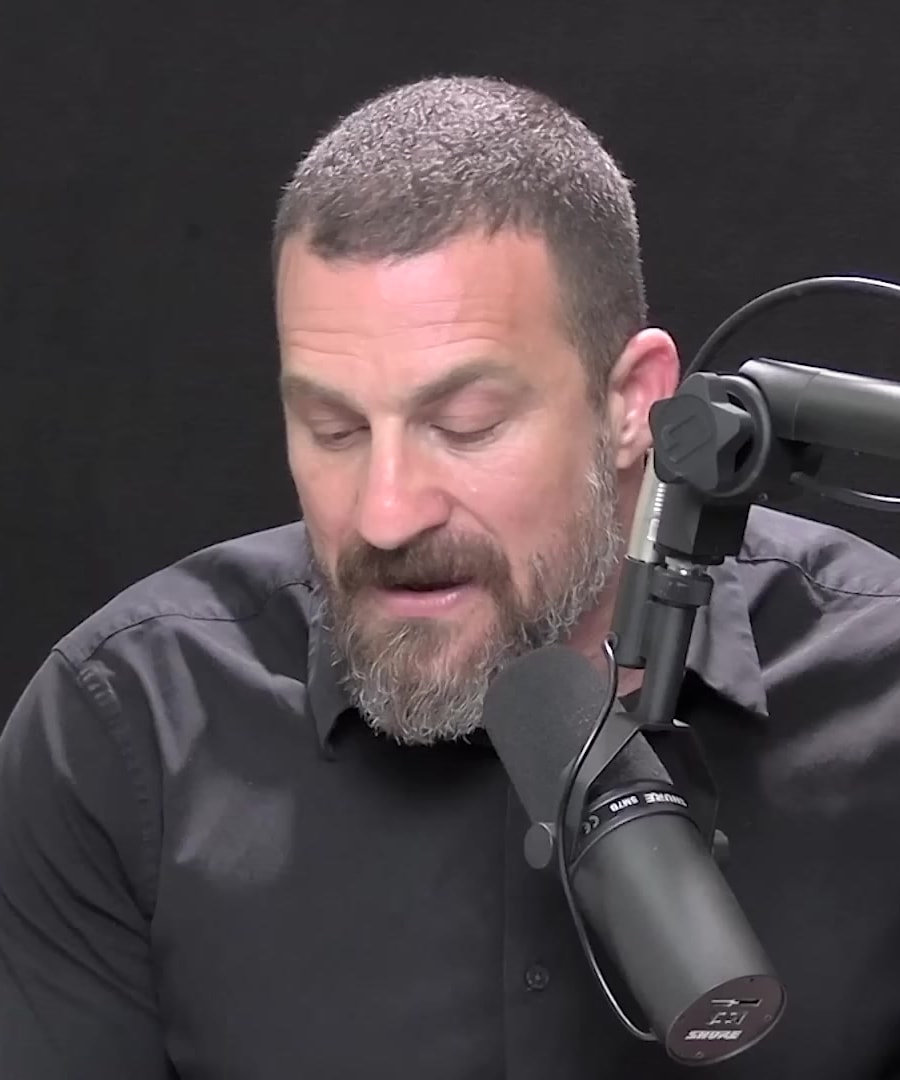What is neural spindle reflex?
Sources:
The neural spindle reflex, also known as the muscle spindle reflex, involves sensory receptors called muscle spindles that detect the stretch of muscle fibers and help maintain muscle tone and posture. Here’s a breakdown from :
-
Spindle Mechanism: Muscle spindles are sensory receptors within muscles that wrap around the muscle fibers and sense stretching. These spindles send signals to the spinal cord indicating the extent of muscle stretch 1.
-
Reflex Action: When a muscle stretches too far, these sensory neurons activate motor neurons via the spinal cord. The motor neurons then cause the muscle to contract, preventing excessive elongation that could cause injury 1.
-
Proprioception: Muscle spindles contribute to proprioception (the sense of body position). For instance, when you start to fall, the muscle spindles in your leaning leg sense the stretch and contract the muscle to bring you back into balance 2.
-
Reflex Overriding: It’s possible to consciously override this reflex through upper motor neurons from the brain, particularly during activities like stretching where relaxing into the stretch can increase muscle length and flexibility 3.
-
Antagonistic Muscle Contraction: To increase flexibility, contracting the opposite muscle (antagonist) can release the spindle reflex in the target muscle, allowing for a greater range of motion 4.
This reflex is crucial for maintaining muscle integrity and preventing injuries during physical activities.
RELATED QUESTIONS-



